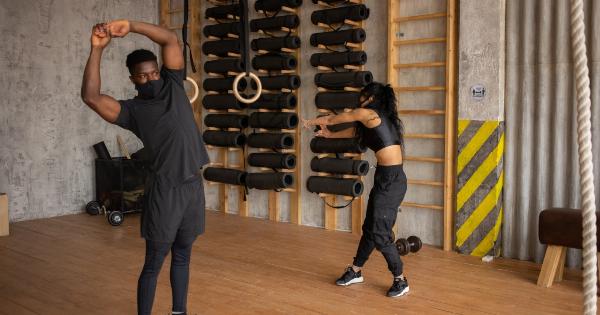Chronic back pain is a common condition that affects millions of people worldwide. It can be debilitating, causing discomfort and limiting mobility.
However, research has shown that regular physical activity can help reduce the risk of developing chronic back pain.
The Benefits of Physical Activity
There are numerous benefits to regular physical activity, including reducing the risk of chronic back pain. By engaging in physical activity, you strengthen your muscles and improve your posture, which can help prevent back pain.
Additionally, physical activity helps to improve flexibility and range of motion, which can further reduce the risk of back pain.
Physical activity also helps to reduce inflammation, which can contribute to the development of chronic back pain. It can also improve blood flow to the back, which provides essential nutrients and oxygen to the muscles and tissues in the back.
This can help to reduce pain and stiffness, improving overall mobility.
The Types of Physical Activity
There are many types of physical activity that can help reduce the risk of chronic back pain. This includes aerobic exercise, such as walking, jogging, or cycling.
Aerobic exercise helps to improve cardiovascular health, which can contribute to a healthier back.
Strength training is also beneficial for reducing the risk of chronic back pain. By building muscle strength, you improve your posture and reduce strain on your back muscles. This can help to prevent back pain and improve overall mobility.
Yoga and Pilates are also effective at improving strength and flexibility, which can help reduce the risk of back pain.
The Importance of Consistency
Consistency is key when it comes to reaping the benefits of physical activity for reducing the risk of chronic back pain. It’s important to engage in physical activity regularly, ideally at least 30 minutes a day, five days a week.
This consistent effort can help build and maintain muscle strength, flexibility, and overall fitness, reducing the risk of back pain over time.
Tips for Getting Started
If you’re not currently active, it can be challenging to get started. However, there are many ways to ease into physical activity and gradually increase your fitness level. Here are some tips:.
- Start with low-impact exercises, such as walking or swimming.
- Gradually increase your activity level over time.
- Try a variety of activities to find what you enjoy most.
- Work with a personal trainer or physical therapist to develop an exercise plan that’s tailored to your needs.
- Stay motivated by setting goals and tracking your progress.
Conclusion
Regular physical activity is an effective way to reduce the risk of chronic back pain. By strengthening your muscles, improving your posture, and increasing flexibility, you can help prevent back pain and improve overall mobility.
If you’re not currently active, start by engaging in low-impact activities and gradually increasing your activity level over time. With consistency and dedication, you can reduce your risk of chronic back pain and enjoy a healthier, more active lifestyle.































